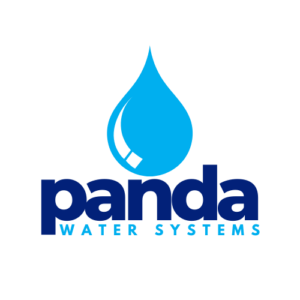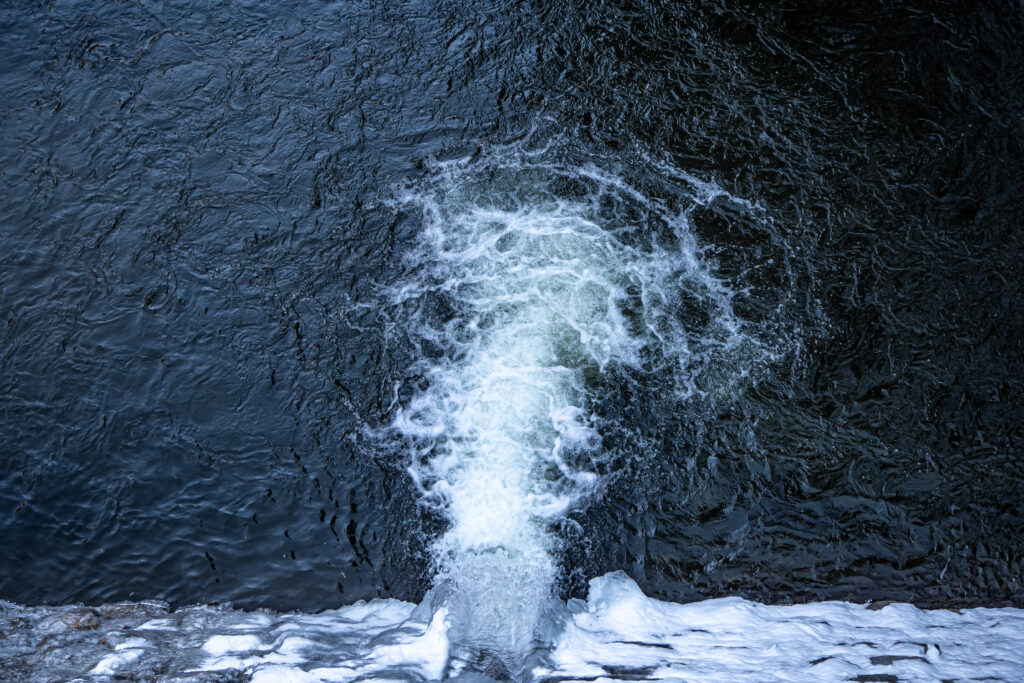Exploring Niagara Falls, NY: Water Supply and Contaminants
Niagara Falls, NY, is renowned for its stunning natural beauty, but like many cities, it faces challenges regarding its water supply. Understanding the water quality, sources, and potential contaminants is crucial for residents and visitors alike.
The Water Supply System
Niagara Falls relies primarily on surface water from the Niagara River, which flows into Lake Ontario. This freshwater source is vital for both residential and commercial uses. The city has implemented a network of water treatment facilities designed to purify and distribute this water effectively.
The water treatment process typically includes:
- Intake and Screening: Water is drawn from the river and screened to remove large debris.
- Coagulation and Flocculation: Chemicals are added to help particles clump together, making them easier to remove.
- Sedimentation: The water is allowed to sit, causing the clumped particles to settle at the bottom.
- Filtration: The water is filtered through various materials to remove remaining impurities.
- Disinfection: Finally, disinfectants like chlorine or ultraviolet light are used to kill pathogens.
Contaminants in the Water Supply
Despite these robust treatment processes, contaminants can still pose risks to water quality. Some common contaminants found in the Niagara Falls water supply include:
- Lead: Lead can leach into the water supply from aging pipes and plumbing fixtures, posing significant health risks, particularly to children. The city has initiated programs to replace lead service lines and educate residents about lead exposure.
- Pesticides and Herbicides: Runoff from agricultural lands and urban areas can introduce chemicals such as glyphosate and atrazine into the water system. While water treatment processes reduce these contaminants, they may not eliminate them entirely.
- Microbial Contaminants: Bacteria, viruses, and protozoa can enter the water supply through various means, including animal waste and sewage overflow. Regular monitoring is essential to ensure that microbial levels remain within safe limits.
- Pharmaceuticals and Personal Care Products: Trace amounts of these substances can enter the water supply through wastewater treatment processes. Research continues into the potential effects of long-term exposure to these contaminants.
- Industrial Pollutants: As a former industrial hub, Niagara Falls has a history of contamination from factories and manufacturing plants. Although regulations have improved, legacy pollutants may still affect water quality.
Addressing Water Quality Concerns
To combat these challenges, local authorities and organizations have taken various steps:
- Regular Testing: The Niagara Falls Water Board conducts routine testing of the water supply to monitor for contaminants. Results are made available to the public, helping to maintain transparency and trust.
- Public Education: Community programs aim to educate residents about water conservation and the importance of reducing pollution sources.
- Infrastructure Upgrades: Ongoing investments in the water infrastructure, including replacing old pipes and improving treatment facilities, help mitigate risks associated with contaminants.
- Collaboration with Environmental Agencies: Partnerships with state and federal agencies focus on protecting water quality through stricter regulations and clean-up efforts.
Conclusion
While Niagara Falls, NY, offers breathtaking views and a rich history, the city faces ongoing challenges in maintaining a safe and clean water supply. By understanding the potential contaminants and supporting local initiatives aimed at protecting water quality, residents can contribute to a healthier community. As we enjoy the wonders of nature, it’s crucial to remember the importance of preserving our vital resources, ensuring that future generations can experience the beauty of Niagara Falls in all its glory.

